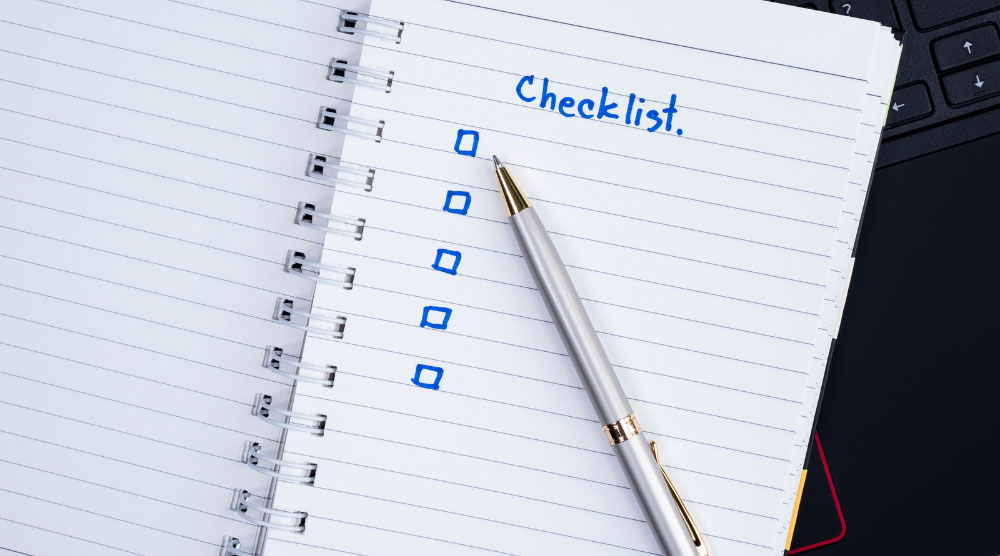Managing Your Accounting Tasks, Part 2
As a vacation rental management business, staying on top of your accounting tasks is vital to achieving your business goals. In this series, we review a list of monthly accounting tasks you and your team can implement to streamline your trust accounting process. You can see the first four right here.
Let’s pick up where we left off (and if you want this checklist for yourself, you can get a printable version here.)
- Map unmapped line items
- Invoice/audit work orders
- Clear queued checks
- Enter deposits, adjustments, and expenses
- Reconcile cash account
- Payout stakeholders and publish statements
Enter Deposits, Expenses, and Adjustments
Keeping accurate records of your deposits, expenses, and adjustments helps manage your cash flow and keep your tax records up to date. Let’s break down each line item.
- Use deposits whenever an owner pays for an item that didn’t go through the reservation system.
- Use adjustments for any expenditures or deposits against the cash account, such as interest income or when money transfers from a primary to a secondary owner.
- Use expenses for charges to a stakeholder, such as garbage collection or HOA fees to owners (these are significant to enter promptly, so your owners receive accurate statements).
Reconcile Cash Account
Your cash account represents your vacation rental management business’s financial position and performance. Reconciling your cash account ensures that it is in balance with your bank account, so you aren’t spending money you don’t have. This way, you can follow up on any uncleared items.
Reconciling your accounts doesn’t have to be complicated. If you like doing things on paper, you can print your statements out and categorize your line items by credit and debit charges, credit card processors, and OTAs. Then add your adjustments and deposits.
Afterward, put your marked-up statement and cash account side by side and run down each item to ensure everything matches. You should have a $0.00 difference.
Next, you’ll need to check on uncleared items. These are entries in LiveTrust that don’t show on your bank account. Here are a few examples:
- Internal credits. Clear these immediately.
- Deposits/refunds. These transactions should clear by the following reconciliation period as long as you’re reconciling monthly.
- Checks. In some cases, paper checks can take the longest to clear—up to 90 days, so it is essential to check up on those. Check with the vendors if 90 days have passed and they still haven’t cleared.
Payout Stakeholders and Publish Statements
Last but not least, it’s time to make payments to your vacation rental homeowners and vendors. Ideally, vendors are paid based on the payment schedule you’ve set with them. Nevertheless, it’s a good idea to check your vendor payments monthly to ensure everything has gone through.
There are two ways to pay out stakeholders:
- Disbursement. Use this option for owners and managers since it just gives a simple total.
- Bill pay. This option works best for vendors and tax authorities since it provides an itemized list.
Trust accounting tools like LiveTrust allow for bulk or individual payments, expediting the process significantly. This way, you can pay stakeholders all at once based on specific categories. Make sure to publish the statement immediately after you’ve paid out, so stakeholders receive the most accurate statement.
Curious how LiveRez can help you manage your monthly account tasks? Reach out to one of our experts to learn more about LiveTrust, our state-certified trust accounting software designed specifically for property managers.

